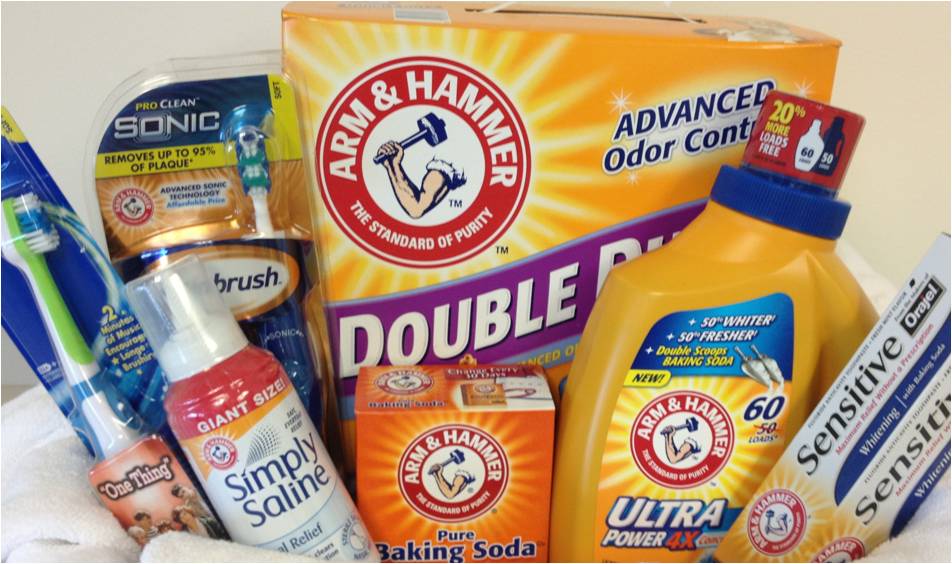Marketers are a fickle breed. Aside from the usual list of ailments that afflict the general population, we are also vulnerable to a number of conditions unique to us. The most pernicious of these is logos extendos rabidus or, to give it its more colloquial name – brand extension disease.
Typically contracted by young managers who don’t receive adequate training at an early stage in their development, early indications of the condition include delusion and a loss of hearing, especially when customers are trying to tell you how stupid your idea is. More serious symptoms often remain dormant for many years until the manager achieves a prominent position in charge of a major brand. At this stage, the onset of the condition can be frighteningly quick and the results are often severe.
One recent, sad case is that of Jonathan Hewitt, group financial services director for Dixons. Until last month, Hewitt appeared to be an executive operating at the very peak of his powers. But earlier this month it became clear that he had contracted a very severe form of the condition, when Dixons announced an unlikely move from selling kettles to offering online quotes for home and motor insurance.
At the time, Hewitt said: ‘The combination of our strong brand and in excess of 25m site visits every year mean that moving to financial services is a logical next step for Dixons.co.uk.’ Here we see many of the classic symptoms. First, an apparent reliance on brand equity despite the complete lack of value that the existing brand brings to the proposed extension. Second, an ignorance of how competitive and cluttered the market being entered is. And finally, the inability to distinguish between a logical brand extension and an entirely bonkers one with no possibility of success.
The disease is yet more prevalent in the US. The worst recent outbreak was at upmarket lingerie brand Victoria’s Secret, where chief executive Sharen Turney announced an extension of the brand into athletic wear. The core competences that enable you to make great lingerie would seem to support the manufacture of athletic apparel. The problem is not production, but the usage occasion and differing brand associations between a very private bedroom and public gym.
The idea that customers of the sexy lingerie brand will feel comfortable wearing gym shorts and yoga pants from the same firm seems highly implausible. Turney, however, is confident it will work and claims early customer responses have been ‘extremely positive’. She says customers have repeatedly told her they have been waiting for the brand to ‘do sportswear that is sexier’ than other athletic brands.
Quoting idealistic responses from informal research on a non-specific group of apocryphal customers is another symptom of the condition, as is a confused and contradictory positioning as the brand extension attempts to straddle the heritage of its existing category and the demands of the one it is extending into. In Turney’s case, for example, she claims the sports apparel will combine ‘technology and fashion and sexy into one’.
Sadly, brand extension disease can strike at any time. The only cure is a combination of strong doses of marketing rigor and a regular regime of qualitative market research. Despite a well-recorded and growing casebook on the condition, which includes Levi’s making suits, Pond’s making toothpaste and Harley-Davidson launching cake decorations (yes, it can get that serious), it appears there is no end in sight for this debilitating and tragic affliction.
30 SECONDS ON … BAD BRAND EXTENSIONS
– In 1989, lighter manufacturer Bic backed its launch of a perfume with a $20m ad campaign. The perfume was intended to be a handy accessory, carried around like lipstick or a comb.
– Red-blooded Harley-Davidson riders no doubt salivated at the prospect of celebrating their birthdays with a cake decorated with a mini replica of their hog. The kits comprise a motorcycle (style may vary), Harley-Davidson logo and, usefully, two bushes.
– For male riders watching their waistline, Harley produced a cologne, as well as a perfume for their ladies.
– Pond’s, the face-cream manufacturer, had a hard time convincing people that its toothpaste would be palatable.
– Tailored suits from Levi’s, introduced in the 80s, did not enjoy quite as positive a reception as its jeans. Perhaps the more formal wear needed a Nick Kamen-fronted ad.
The Blake Project Can Help: The Brand Licensing Audit and The Brand Licensing Workshop
Branding Strategy Insider is a service of The Blake Project: A strategic brand consultancy specializing in Brand Research, Brand Strategy, Brand Licensing and Brand Education





2 comments
Mike Mirkil
November 29, 2007 at 12:03 pm
Great post, as it is so true.
I would wager that many ill-advised extensions were first suggested by outside partners looking to license a strong brand (the Harley examples reek of it). I’ve seen it happen. Throw enough of a financial incentive out there and some manager looking to make his or her profit plan will bite!
And the damage done to the brand is so often greater than the short-term financial gain that may or may not be realized.
Susan Plunkett
November 30, 2007 at 4:43 pm
I’d not really thought of this issue before so an excellent heads-up on this. And some of those extension products are rather contradictory to the general message the original brand suggests. The Harley example is a classic.
Perfume seems to be becoming the product you make after you become a product. The, dare I say it, ridiculous number of perfumes hitting the market from celebs and sports people are washing the market with product I doubt it needs. Still, they must feel their fan base longs to connect with them and will buy the perfume to do so.
Comments are closed.